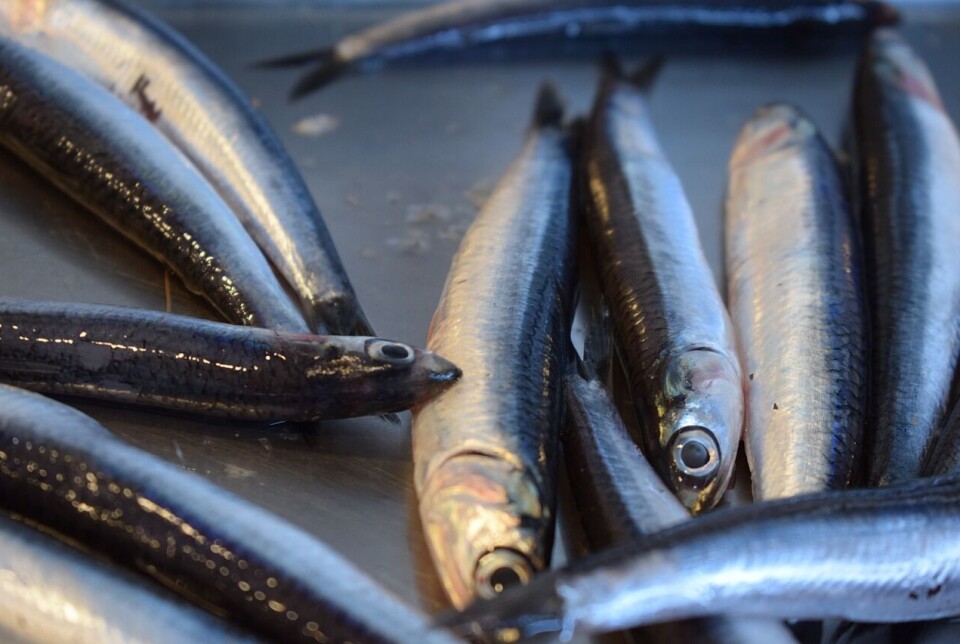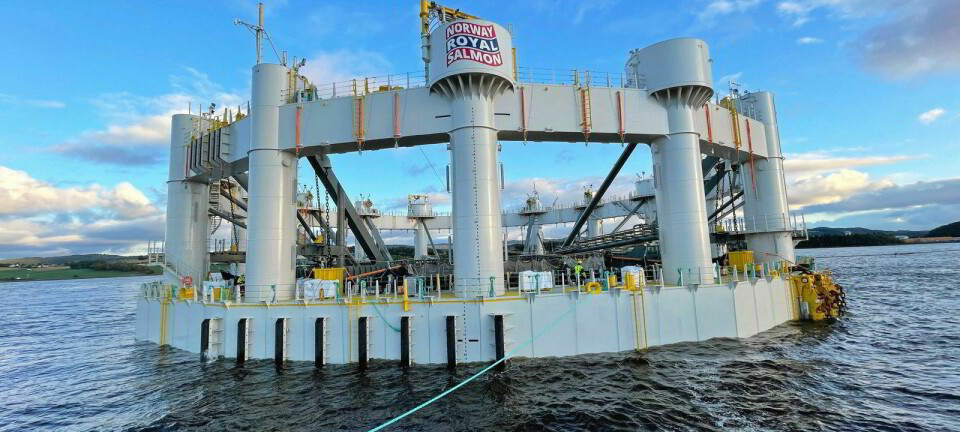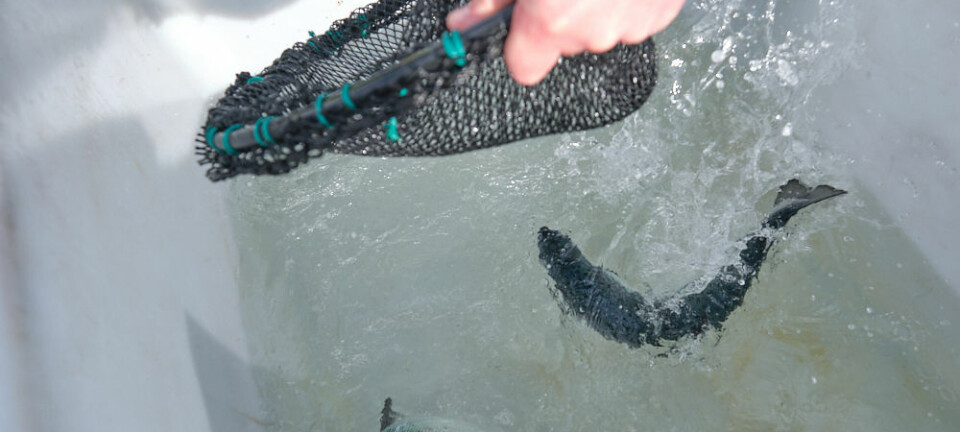
Consistent fishmeal and fish oil supply predicted for remainder of 2025
Marine ingredients organisation IFFO is predicting consistent fishmeal and fish oil production for 2025 following an update on Peru’s first fishing season of the year. Fishmeal and fish oil remain an important part of the diets of many farmed fish, including salmon and trout, and a consistent supply indicates prices of those ingredients will be stable.
The first season in Peru’s north-central region began on April 22, a week later than in 2024. To date, around 70% of the 3-million-tonne anchovy quota has been fulfilled. These fish are key to fishmeal and fish oil production, as Peru contributes 20% on average to global production.
“IFFO’s 2025 estimates for fishmeal and fish oil are at 5.6 million tonnes of fishmeal and 1.2-1.3 million tonnes of fish oil,” said Dr Enrico Bachis, IFFO’s market research director.
North Europe down
IFFO members in Chile, Denmark, Faroe Islands, Iceland, Ivory Coast, Mauritius, Norway, the UK, the US, Peru, South Africa and Spain, account for 40% of global fishmeal production and 50% of fish oil output.
According to data from IFFO members, the total cumulative fishmeal production has this year increased by approximately 3% compared to the same period in 2024. This increase was driven by growth in all areas except for the North European countries, the only area to report a negative performance compared to January-April 2024.
As for fish oil, total cumulative output for the year through April 2025 was 14% up year on year. Similarly to fishmeal, almost all the countries reported a positive trend in cumulative fish oil production compared to January-April 2024, with the exception of the European countries.
China
In China, domestic production of marine ingredients in the first five months of 2025 was estimated to be lower than during the same period a year ago. Seasonal fishing bans are now in place, with most local fishmeal plants now idle. The main raw material for producing fishmeal and fish oil for the time being will come from frozen fish, imported sardines, and by-products from processing facilities.
Driven by the increase in aquaculture production reported by official sources through April 2025, domestic aquafeed output is likely to have grown year on year during the first four months of the year. Anticipated profits from harvests in the third and fourth quarters, particularly for species with high fishmeal dietary requirements, are also contributing to this positive trend.























































